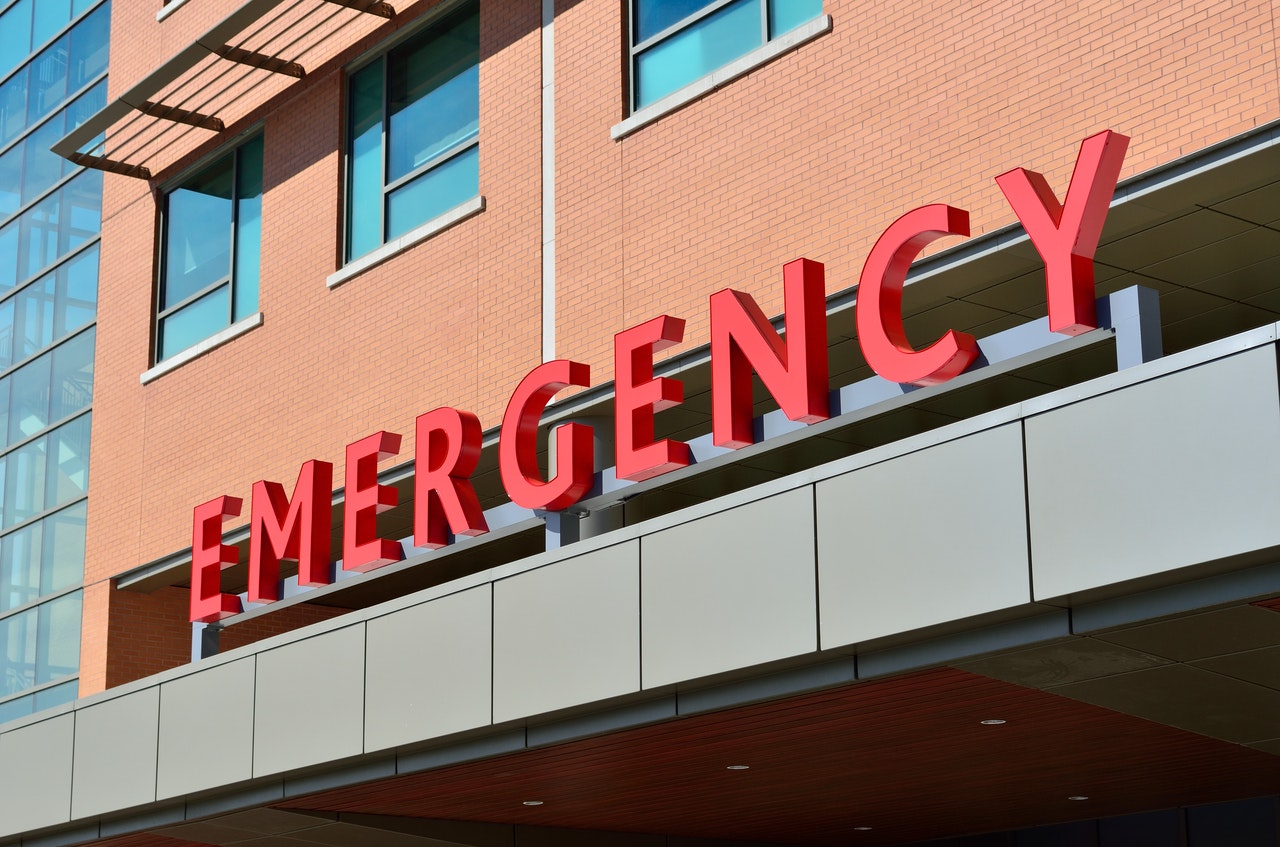What Exactly Is Alsana Treatment?
Alsana Treatment Center is a prominent treatment center to treat eating disorders. Alsana provides a broad and individualized treatment approach that is customized to meet the specific needs of every client.
Alsana provides a range of services designed to assist clients with their eating disorders. These include private therapy for clients, group therapy family therapy as well as nutritional counseling. Alsana also provides a range of classes and programs that assist clients in maintaining their recovery.
View this post on Instagram
Do you have a loved one who struggles in an eating disorder call Alsana Treatment Center right away. We’re here to help!
How do I get into Alsana Treatment
There isn’t a universal answer to the question how to be admitted for admission to Alsana Treatment, as each patient’s circumstance is different for each. There are however basic steps that can be taken to increase your chances of being accepted into treatment at Alsana.
First, contact Alsana and let them know that you are interested in getting treatment. It is completed via the admissions department or using an online form. Once contact is established, a member of the staff will collect information on the patient who is interested in attending or their eating problem. This involves conducting a clinical evaluation to assess the degree of the disorder as well as whether Alsana or another medication is the most appropriate choice for the person.
If it is decided that Alsana is the best option for treatment then the next step is working with insurance companies to receive coverage for Alsana. Once insurance approval is granted, patients can usually anticipate admission within just a couple of days.
It is important to note that admission at Alsana Treatment does not guarantee the cure for eating disorder. However, it provides the patients access to top-quality treatments that could result in substantial improvements in the living quality.
The Admission Process
Alsana Treatment Center Alsana Treatment Center provides an entire and personalized treatment plan for people suffering from eating disorders. The initial step in your admission procedure is calling the Treatment Center to talk to a member of their clinical team. On this call, we’ll ask you questions regarding your medical history and your current symptoms of eating disorders. Based on the information we gather we’ll decide whether Alsana is a good option for your specific needs.
If you’re deemed suitable to receive treatment at Alsana the next step is scheduling the initial evaluation. This assessment will be carried out by one our certified physicians and last approximately 2 hours. In the course of the evaluation we will collect additional details about you medical history, your current symptoms and treatment objectives. Based on the information we gather we will design an individual treatment plan specifically for you.
Following the initial evaluation, you will visit our financial department to discuss payment and insurance options. When all of the steps are taken care of and you are ready to begin your journey to healing at Alsana!
Treatment options available at Alsana Treatment
Alsana Treatment Center provides various treatment options for people suffering from eating disorders. We provide residential, inpatient and outpatient treatment programs. Treatment for inpatients is considered to be the highest degree of treatment, which is usually reserved for those with severe eating disorders that require 24 hour supervision. Treatment for residential patients is lower treatment option, it is usually utilized for those who require more support than an outpatient treatment program can offer however, they do not need 24 hour supervision. Treatment for outpatients is considered to be the most intense form of treatment, and is generally employed for patients in a position to stay at home and receive treatment.
Our treatment programs are tailored to the specific needs of every patient. The treatment may consist of individual therapy or group therapy, as well as nutrition counseling, family therapy and medical monitoring. Our aim is to assist clients develop healthier coping methods to improve their eating habits and enhance their overall health.
What happens after treatment?
After treatment following the treatment, you’ll be capable of:
Look at this treatment programs for Alsana St. Louis
Learn about your triggers and how to deal with them
-Develop healthy coping mechanisms
Be aware of when you’re slipping and take the necessary steps to avoid the possibility of a repeat
Create a network of support friends and family members who are aware of the condition and provide support and assistance

